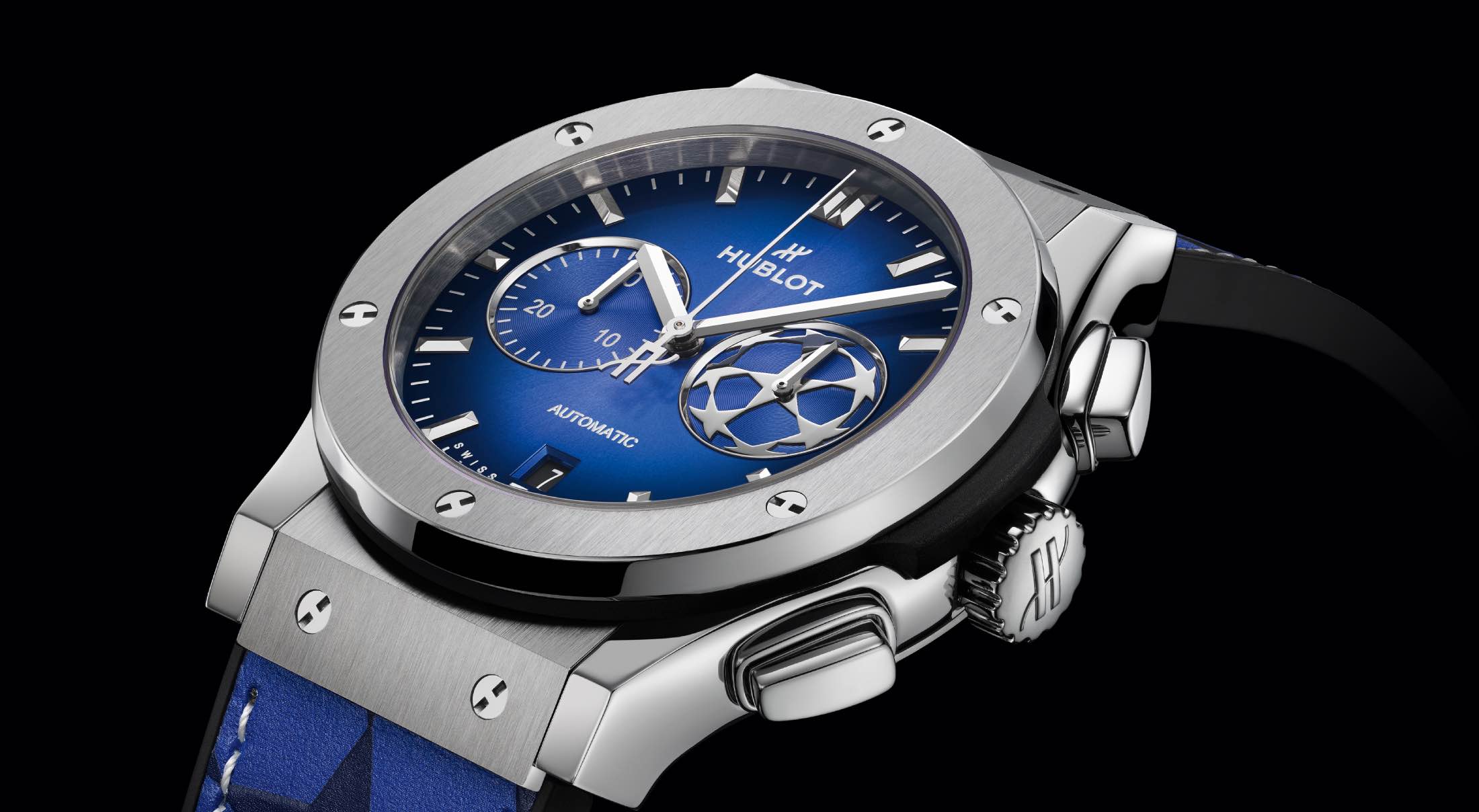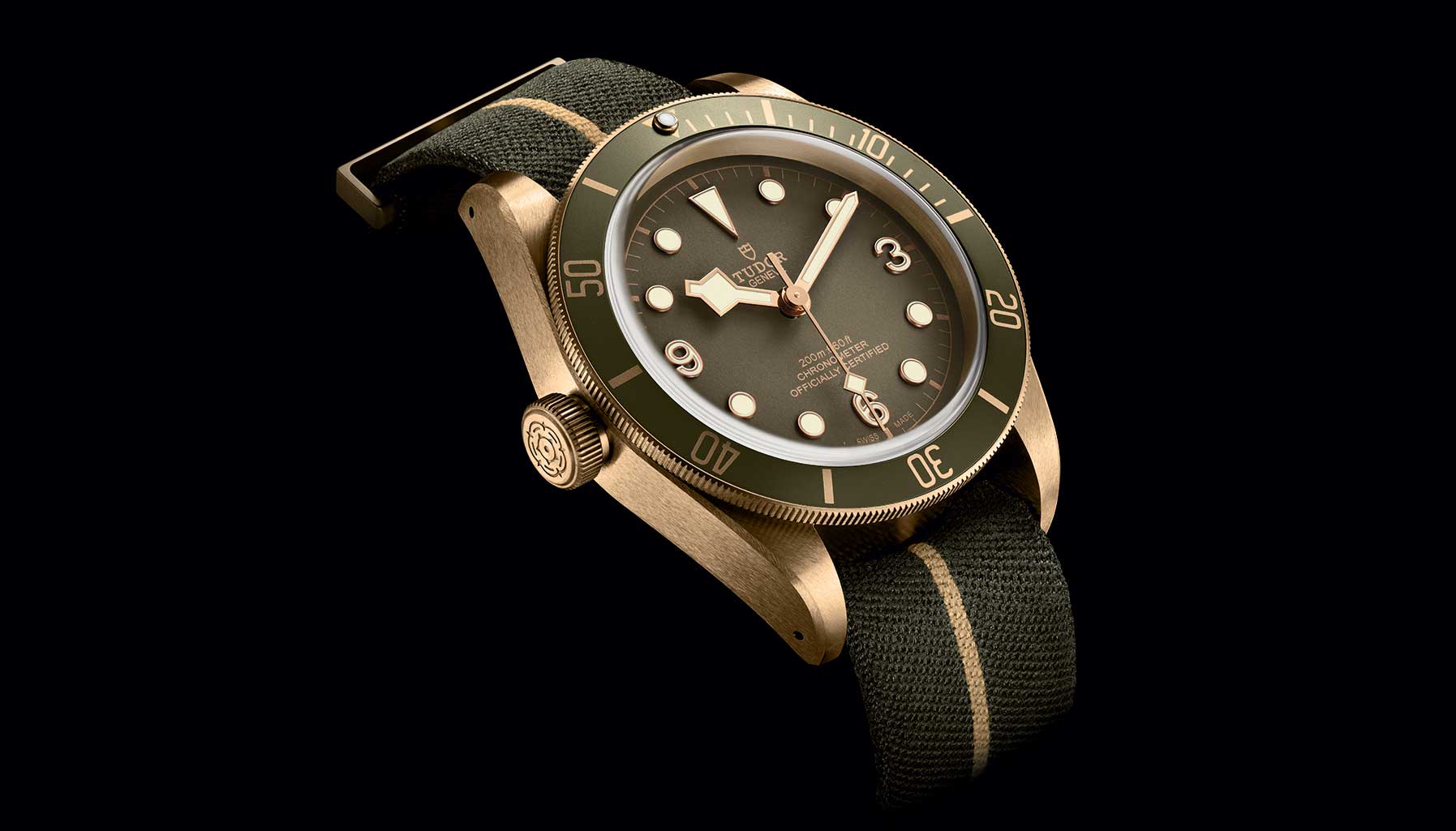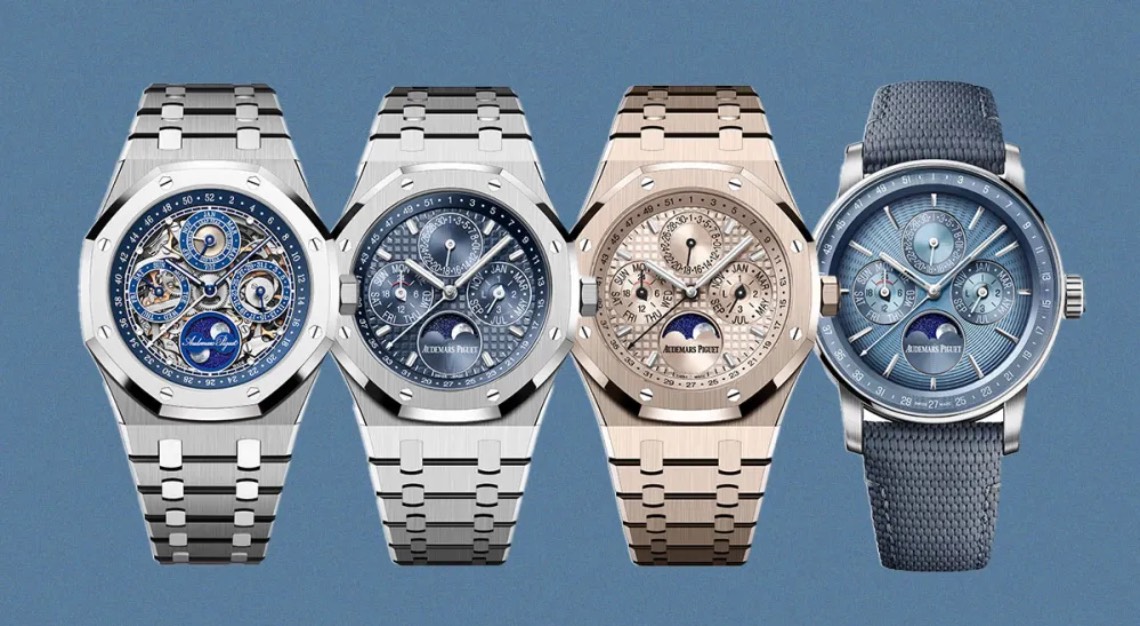We examine some of the most recognisable timepieces of our time to unravel the essence of what makes a watch design iconic
“Watches are the antithesis of liberty,” Gérald Genta once remarked. “I am an artist, I hate having to adhere to the constraints of time.” If you’re familiar with Genta’s work, you may be raising your eyebrow. Despite having no formal training in technical watchmaking, the late Genta designed some of the world’s most iconic watches, such as Audemars Piguet’s Royal Oak, Patek Philippe’s Nautilus and IWC Schaffhausen’s Ingenieur SL Jumbo Ref. 1832.
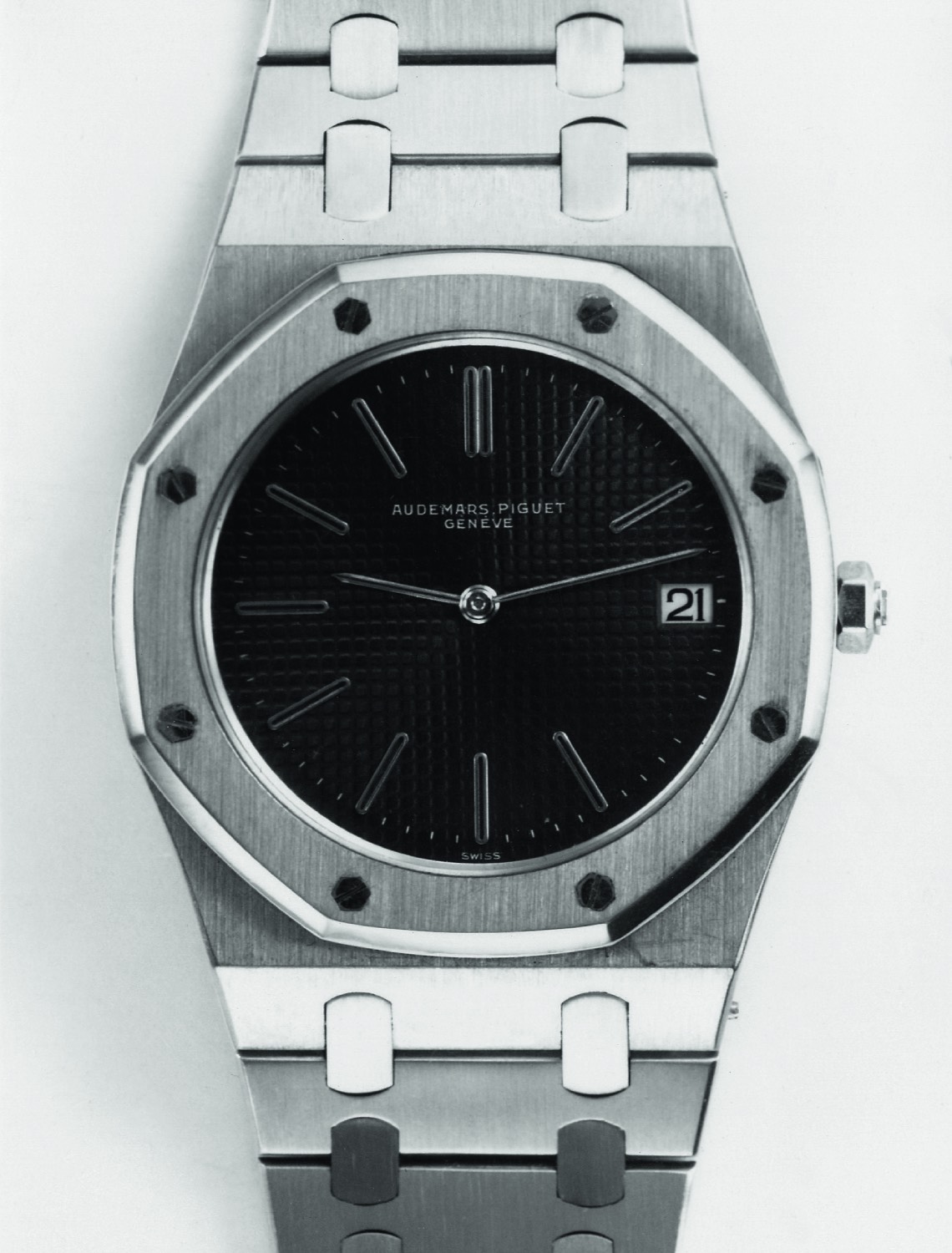
In fact, the term ‘watch designer’ did not exist prior to Genta’s emergence. Given so, it is natural for us to be puzzled by the staunch reproval of someone so intertwined with the art of time-telling. But perhaps it is this exact desire to remain unshackled by ‘constraints’ that has allowed Genta’s designs to transcend their roles as mere time-keeping instruments to become symbols of art, culture and status.
Distinctive Design
There is, of course, no exact science to creating an iconic watch design. However, there seems to be a common thread—all iconic watches are immediately recognisable. Look at, say, Audemars Piguet’s Royal Oak and Patek Philippe’s Nautilus designed by Genta, or Franck Muller’s Cintree Curvex and Chopard’s Happy Diamonds.
A simple glance at these watches is all it takes to appreciate that they are all unique. There’s an air of emancipation to their aesthetics. It is as if they were designed without a care about what a watch ought to look like. The Royal Oak, for example, sports an angular octagonal bezel with eight non-functional octagonal screws; a look that was unlike any of the watches released back in 1972. Meantime, the Nautilus, first introduced in 1976, featured a porthole-inspired case with ‘ears’ peeking out on either side. Quirky yet elegant at the same time, the seemingly incongruous combination propelled the Nautilus to become one of the most iconic watches of our time.
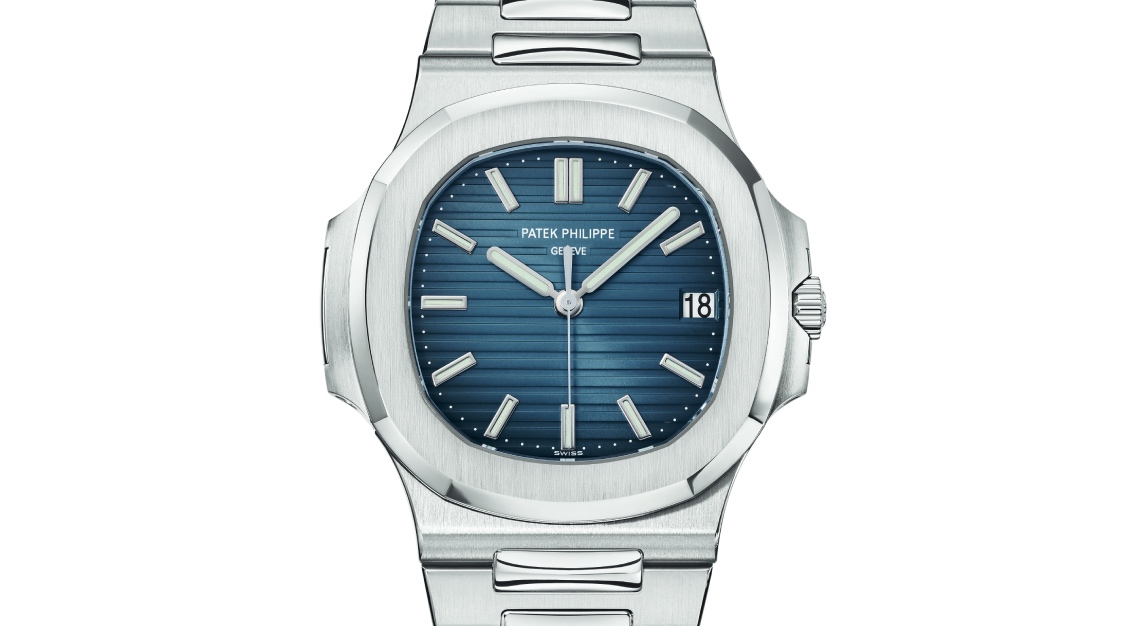
Then there is Franck Muller’s Cintrée Curvex. While the watch’s tonneau-shaped profile isn’t new (a browse through vintage watch catalogues would yield many examples), Franck Muller made that shape its own. The watchmaking house extrapolated the tonneau shape, endowing it with three-dimensionality courtesy of a dramatically curved case and sapphire crystal.
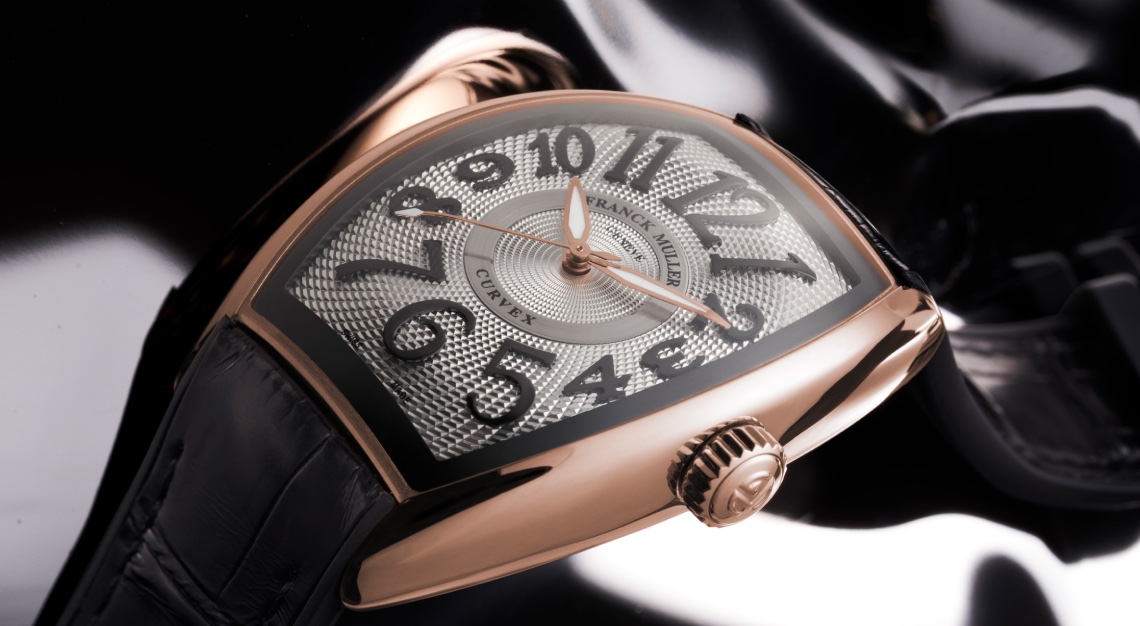
Away from unusual shapes, Chopard demonstrates how it, too, can express visual drama with a touch of interactivity. The Happy Diamonds collection famously incorporates free-floating diamonds that slide with abandon between two sapphire crystals as you move your wrist. It was still a round-shaped dress watch, but immediately recognisable at the same time.
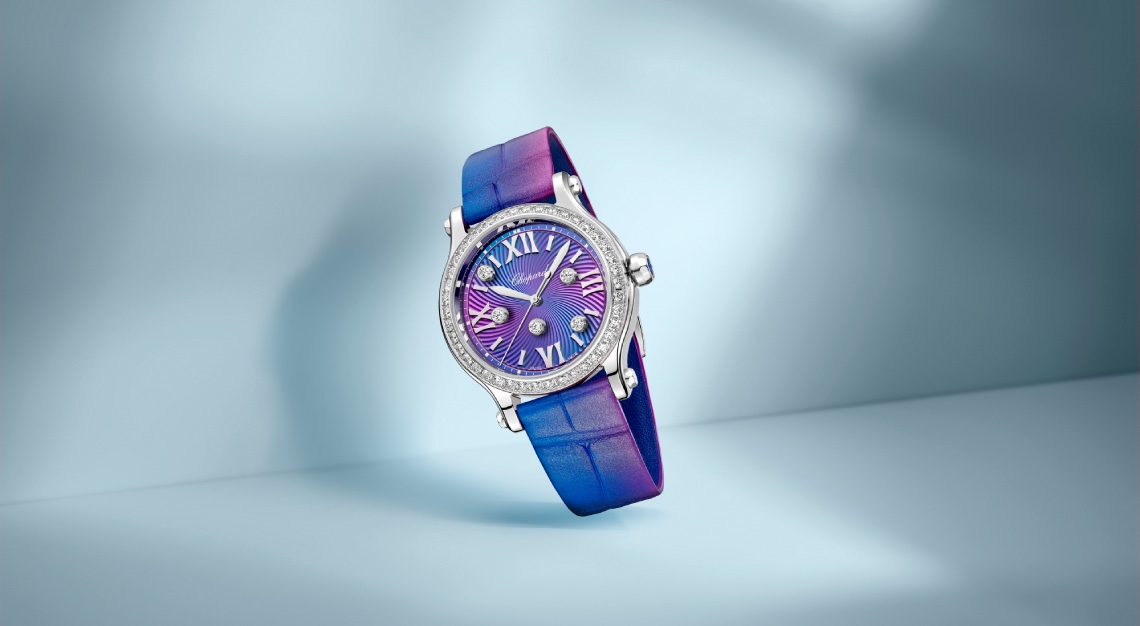
From the Royal Oak to the Happy Diamonds, these watches powered their way to the modern horological canon by defying conventional design norms. By challenging the status quo, they stand out and stay etched in our thoughts—and embody what Genta might describe as a designer’s yearning to break free from the constraints of time.
Timeless Form
While off-kilter, avant-garde designs can be vital to laying the foundations for an iconic watch, there is a fine line between novelty and gimmickry. A distinctive design can only shine when it strikes a balance between form and function. Jaeger-Le Coultre’s Reverso is one such example. Conceived in 1931 with a reversible case—designed to let polo players flip over the dial to prevent any damage to the watch—the dual-sided flip case has served as a rich and creative canvas for all sorts of technical complications, as well as functional and ornamental features.
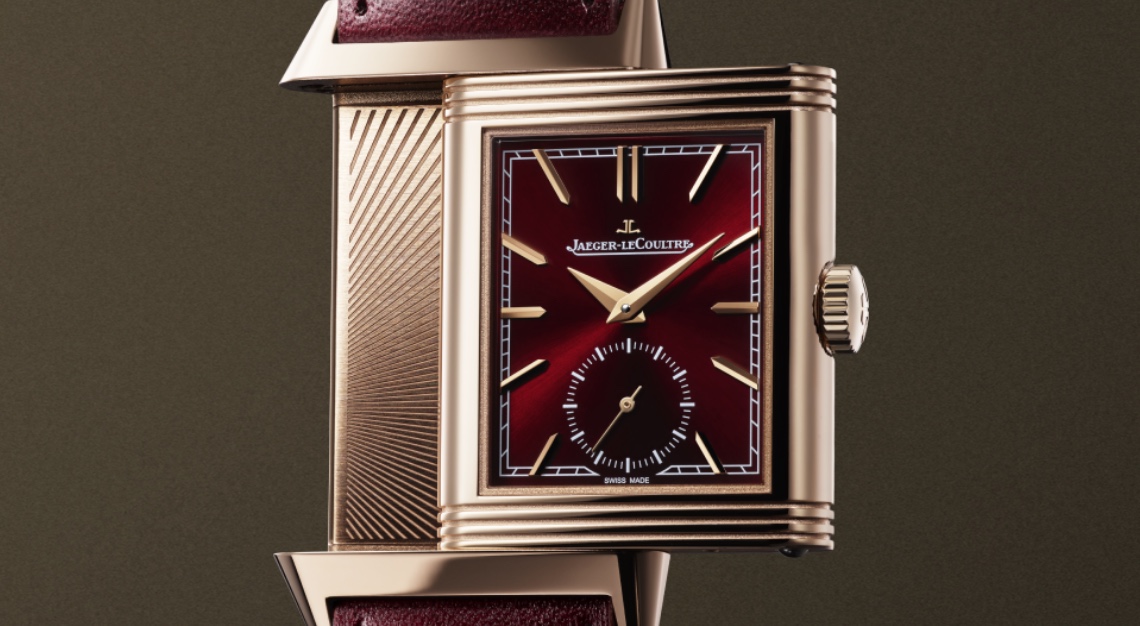
This is evinced by recent models such as the Reverso Hybris Artistica Calibre 179 featuring a multi-axis tourbillon and a second time zone on the reverse dial, as well as the Reverso Tribute Small Seconds, which is classically inclined. The collection’s iconic stature owes much to its “synthesis of form and function”, says Lionel Favre, Jaeger-Le Coultre’s director of product design.
“We believe in the seamless fusion of aesthetic beauty, innovation in watchmaking and the preservation of our heritage,” he explains.
Timeless designs, however, don’t just sprout from anywhere. They are born from a confluence of lineage, creativity and innovation. The asymmetrical subdials and outsized date displays of A. Lange & Söhne’s Lange 1 appear unconventional. Yet, the designs are based on the ancient Golden Ratio aesthetic formula and the 183-year-old Five-Minute Clock at Semper Opera House in Dresden (the city of its founder’s birth), respectively. Although the watch was launched in 1994, its inimitable aesthetics, culled from history through contemporary eyes, make it an instant classic.
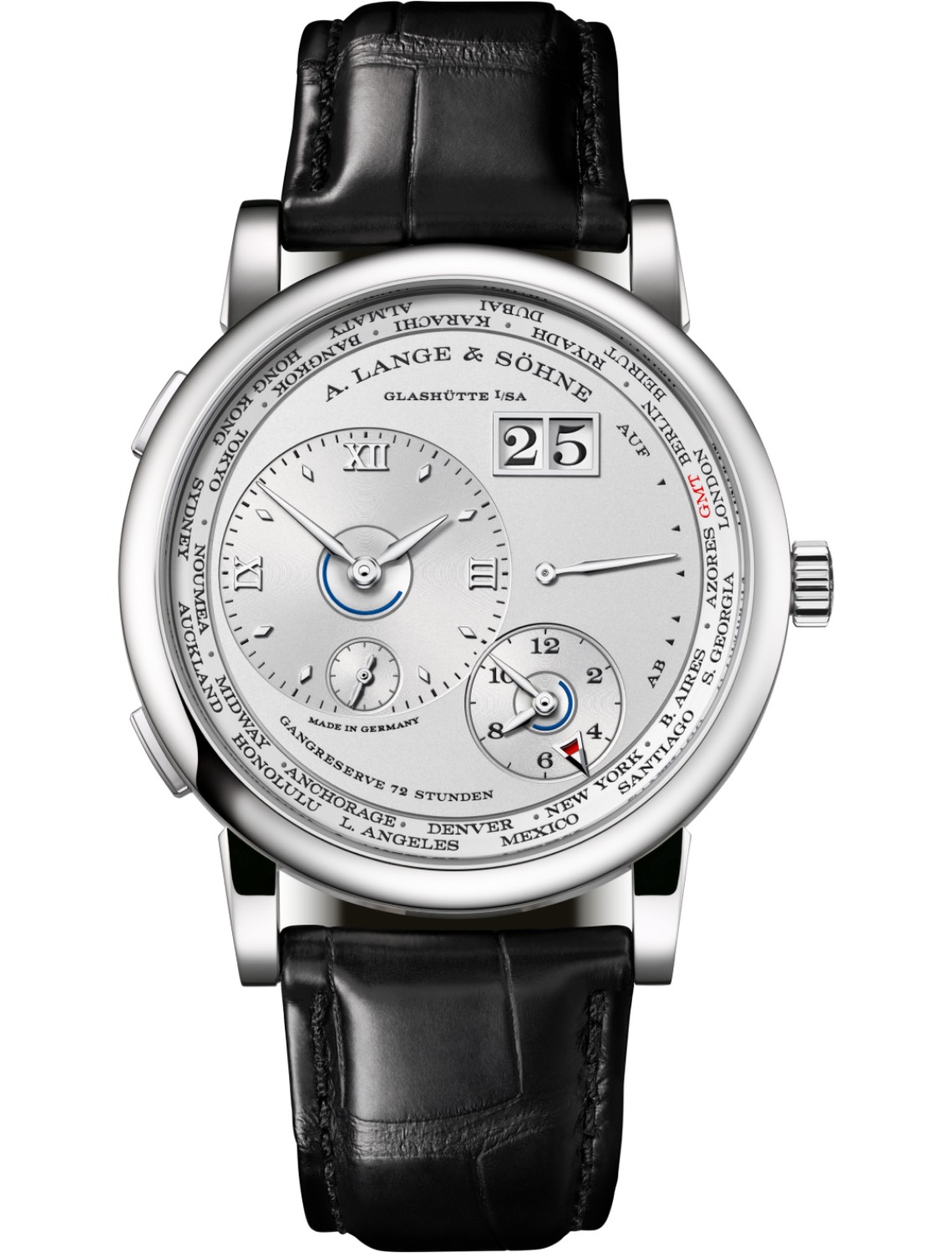
“We don’t forcefully try to inject tradition into our modern timepieces,” said Anthony de Haas, A. Lange & Söhne’s director of product development, in another interview. “An iconic watch has to be timeless, recognisable, and in line with the heart and soul of the brand.”
Culture Influence
Beyond distinctive designs and thoughtful aesthetics, a watch’s place in time and contemporary culture also cements its stature as an icon. Through the decades, we have witnessed the zeitgeist of specific eras that do so with certainty. Timepieces that benefit from this phenomenon become simulacra.
Consider the Omega Speedmaster. Introduced as a chronograph for motorsports in 1957, it wasn’t until 1965, when it made history as the first watch to be worn on the moon, that the Speedmaster became a bona fide icon. Think of the Speedmaster now and images of the Moonwatch strapped on the wrists of Neil Armstrong and Buzz Aldrin on the historical lunar landing flit through the mind.
Similarly, the Tank, designed in 1917 by Louis Cartier and inspired by the Renault tanks used in World War I, benefited from being aligned with the modernist movements of the early 20th century, as well as fawning attention from influential celebrities. Well-known fans of the Tank included the likes of Muhammad Ali and Jackie Kennedy. Andy Warhol famously remarked: “I don’t wear a Tank watch to tell the time. Actually, I never wind it. I wear a Tank because it’s the watch to wear”.
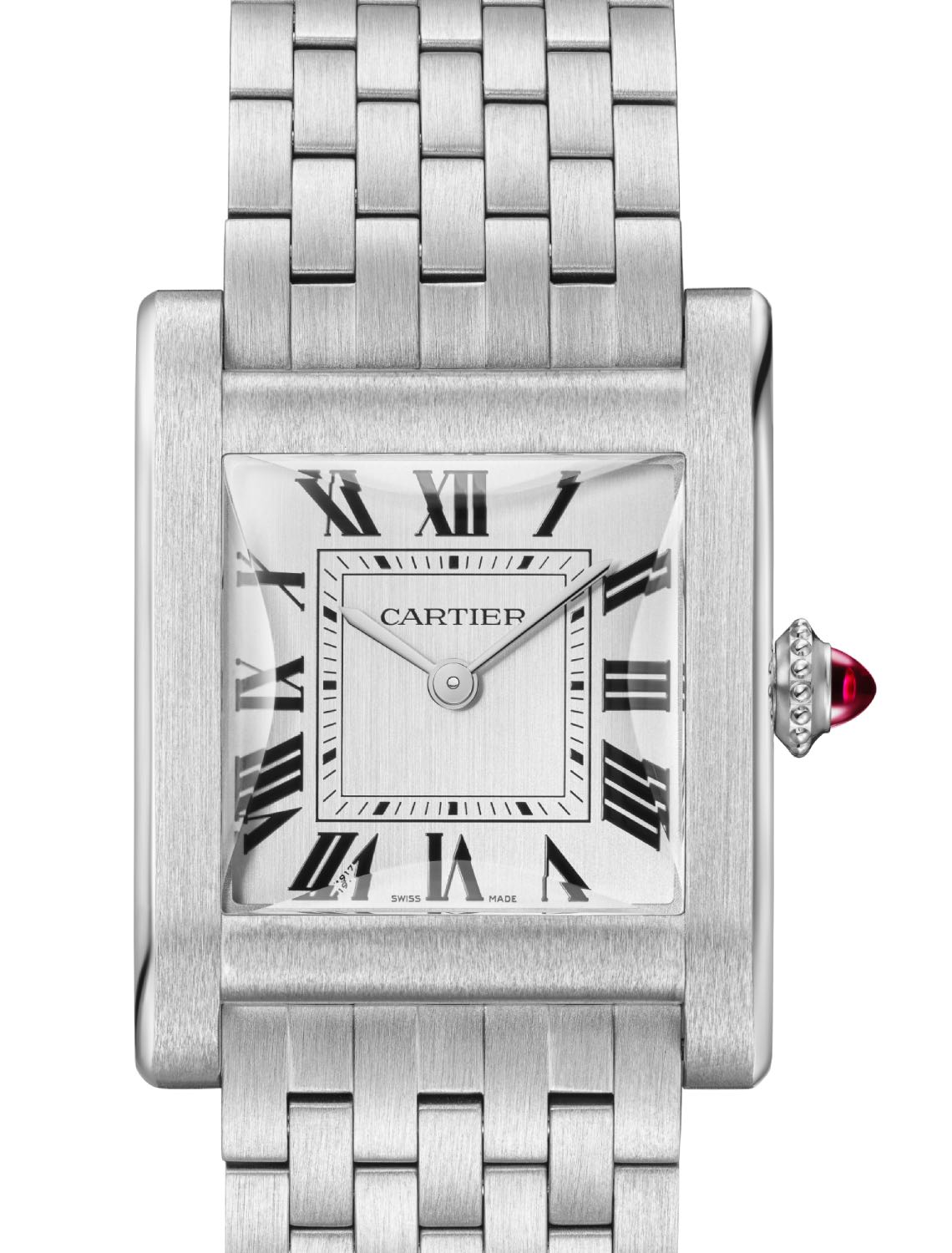
That is not to say that the Tank’s virtues were conferred solely by celebrity shine—far from it. The collection’s angular allure that continues to inspire numerous modern iterations and its capacity to evolve with the times have made the Tank an unequivocal icon. It is just that the watch also emanates that extra touch of magic; a certain ability to capture the essence of its time while maintaining a timeless allure that makes it special—and a true horological icon.
Genta may have felt trapped by the constraints of time. Ironically though, it is the same unvarying passage of time—its unchanging histories, enduring imagery and relentless, perpetual movement—that elevates some watch designs above others as icons of our time.
This story first appeared in the July 2024 issue. Purchase it as a print or digital copy, or consider subscribing to us here
